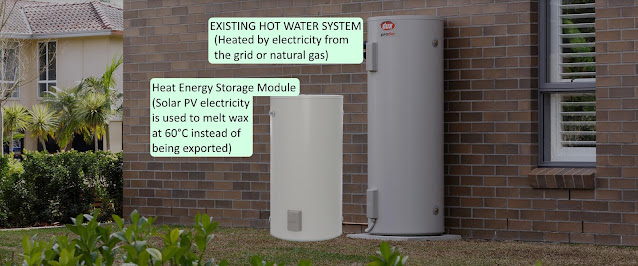You can take it with you
In Australia you can maintain your investments in shares long after you have died.
For example, a man who lived in Melbourne, let's call him "Peter", died in December 2013 owning a number of shares in a large Australian company.
Nine years after Peter died, in 2022, his shares were bought by a German company that compulsorily acquired shares owned by everybody, including people who had died and, like Peter, continued to own shares in the same Australian company. Peter was paid a little over $200,000 for his shares. He did not actually receive any money, because he died in 2013.
Whether Peter is now liable to pay capital gains tax as a result of his shares being sold is not certain.
Do dead people have to lodge tax returns and pay capital gains tax on the sale of shares they own after they have died?
This is an extract of a letter sent to Peter and other shareholders to inform him that his shares were being sold. The extract was copied from this Listcorp web page.
29 April 2022
Dear Sirs/Madams
HOCHTIEF Australia Holdings Limited – Compulsory acquisition of shares in CIMIC Group Limited (ASX: CIM) following takeover bid
We act for HOCHTIEF Australia Holdings Limited ACN 103 181 675 ("HOCHTIEF").
We refer to HOCHTIEF's off-market takeover bid for all the ordinary shares in CIMIC Group Limited ACN 004 482 982 ("CIMIC") in which it does not already have a relevant interest which will close at 7.00pm (Sydney time) on10 May 2022 ("Offer").
As at the date of this letter, HOCHTIEF has a relevant interest in at least 90% of the ordinary shares in CIMIC and at least 75% of the ordinary shares in CIMIC that HOCHTIEF offered to acquire under the Offer. Accordingly, in accordance with Part 6A.1 of the Corporations Act 2001 (Cth) ("Act"), HOCHTIEF is exercising its right to commence the process of compulsorily acquiring the remaining ordinary shares in CIMIC in which it does not already have a relevant interest.
In accordance with section 661B(1)(d) of the Act, we enclose:
- a letter to the remaining holders of ordinary shares in CIMIC; and
- an ASIC Form 6021: Notice of Compulsory Acquisition Following Takeover Bid,
(together the "Documents").
The Documents were lodged with the Australian Securities and Investments Commission and sent to CIMIC today, and will be dispatched to the remaining CIMIC shareholders in accordance with section 661B(1)(c) and 661B(2)of the Act.


